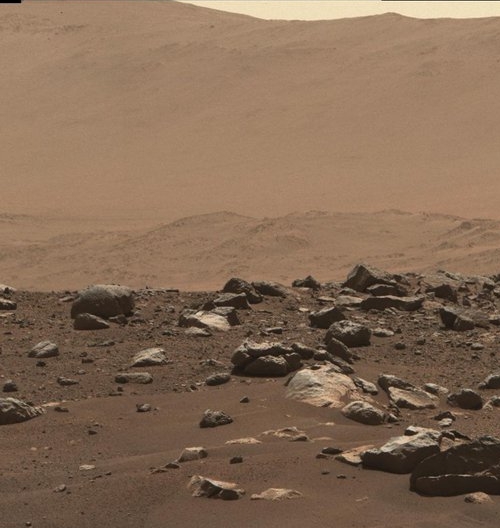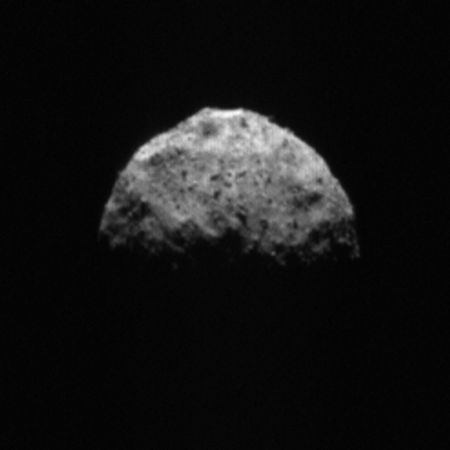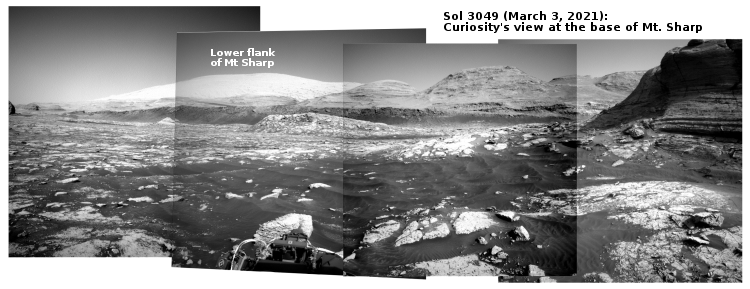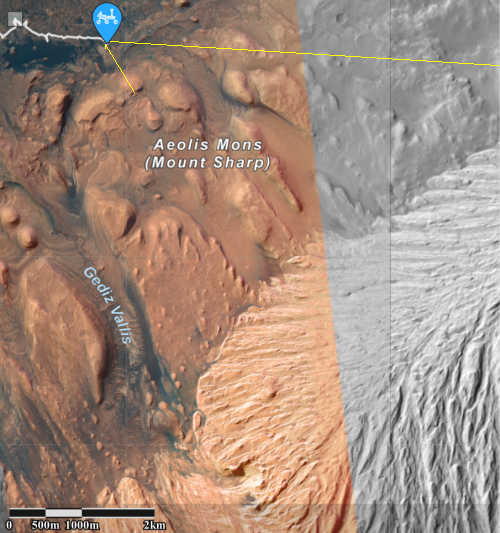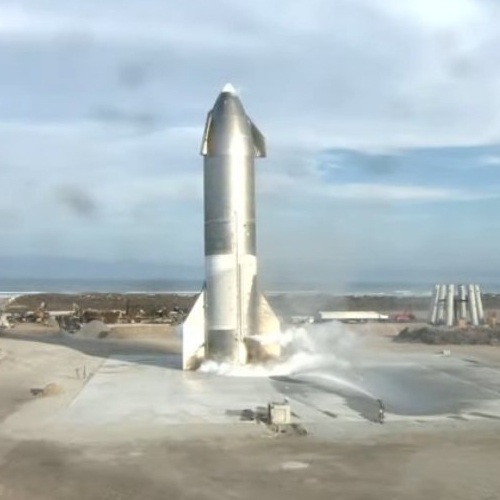Hubble about to resume science operations even with new issues
Engineers have fixed the computer software issue that caused the Hubble Space Telescope to go into safe mode this week, and are preparing it to return to full science operations.
It appears the problem was caused by a software upgrade that caused a conflict.
More serious however was this problem, which could have damaged the telescope beyond repair had it had been randomly pointed at the Sun during safe mode.
In entering safe mode on Sunday, however, the team discovered that the aperture door located at the top of the telescope failed to automatically close. This door is a safeguard designed to keep the Sun’s damaging light and heat out of the telescope’s interior, protecting its sensitive instruments and their surroundings. It serves as a safety net if Hubble accidently points in the direction of the Sun due to an error or hardware problem.
…The team has looked at spacecraft engineering data, run various tests, and verified that the door did indeed remain open despite the commands and power being sent to close it. Additional attempts to move the door by sending commands from the ground to its primary motor also failed to make the door move. However, the same commands sent from the ground to its backup motor did indicate movement, and that motor is now set as the primary motor. The team is looking at options to further reduce any associated risk.
It appears the primary motor that moves the door has failed. Fortunately there is a backup motor, but this is just one more item where the telescope has lost redundancy. We are very lucky that during safe mode the telescope didn’t end up pointing at the Sun, even for a very short time, for that would have ended Hubble’s operation for good. I suspect the safe mode software includes protections against that occurrence, but the possibility nonetheless existed.
Engineers have fixed the computer software issue that caused the Hubble Space Telescope to go into safe mode this week, and are preparing it to return to full science operations.
It appears the problem was caused by a software upgrade that caused a conflict.
More serious however was this problem, which could have damaged the telescope beyond repair had it had been randomly pointed at the Sun during safe mode.
In entering safe mode on Sunday, however, the team discovered that the aperture door located at the top of the telescope failed to automatically close. This door is a safeguard designed to keep the Sun’s damaging light and heat out of the telescope’s interior, protecting its sensitive instruments and their surroundings. It serves as a safety net if Hubble accidently points in the direction of the Sun due to an error or hardware problem.
…The team has looked at spacecraft engineering data, run various tests, and verified that the door did indeed remain open despite the commands and power being sent to close it. Additional attempts to move the door by sending commands from the ground to its primary motor also failed to make the door move. However, the same commands sent from the ground to its backup motor did indicate movement, and that motor is now set as the primary motor. The team is looking at options to further reduce any associated risk.
It appears the primary motor that moves the door has failed. Fortunately there is a backup motor, but this is just one more item where the telescope has lost redundancy. We are very lucky that during safe mode the telescope didn’t end up pointing at the Sun, even for a very short time, for that would have ended Hubble’s operation for good. I suspect the safe mode software includes protections against that occurrence, but the possibility nonetheless existed.

